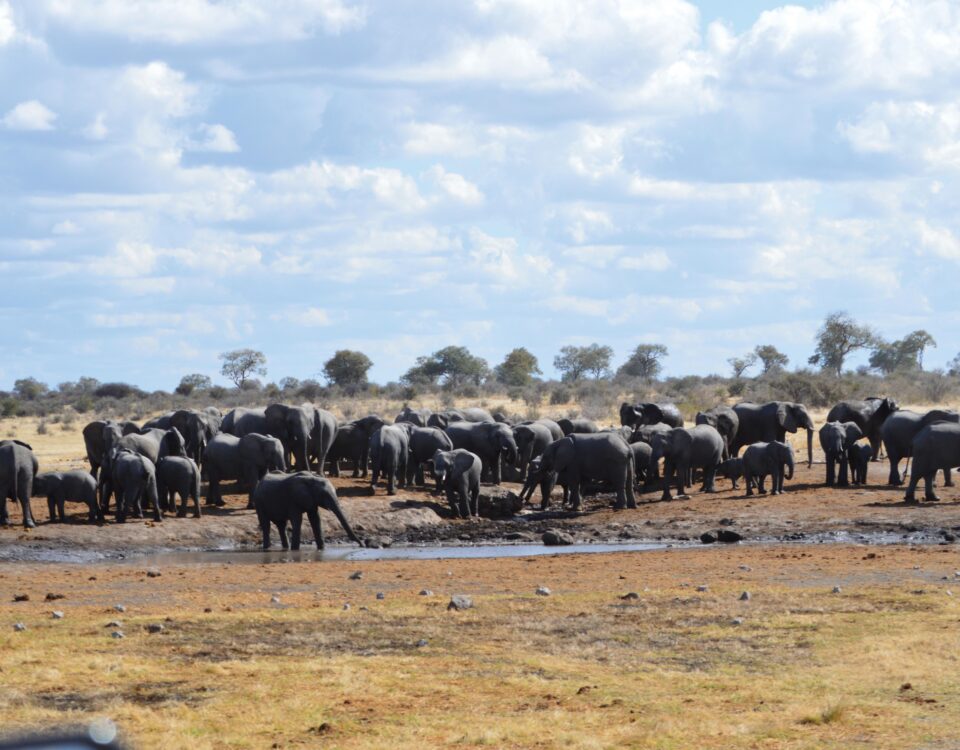The making of a Transfrontier Park
June 19, 2012Namibia Tourism – Beauty or Beast?
June 19, 2012Namibia has the second largest number of tortoise species in the world. All six species are, however, threatened in the country, mainly as a result of over-utilisation. The species include one endemic species and five of the eleven tortoise genera that are currently recognised in the world. In terms of tortoise variety, South Africa holds first place in the world, having 13 species that belong to five genera.
“Considering that only 44 species are currently recognised in total in the world, and that all Namibian species are threatened, the Testudinidae is the Namibian reptile family of greatest national conservation concern,” writes Mike Griffin, Senior Conservation Scientist of the Ministry of Environment and Tourism, in a scientific paper entitled The Species Diversity, Distribution and Conservation of Namibian Reptiles: A Review, published in 2000.
All six species of tortoises in Namibia are edible and in fact considered a delicacy by nearly all the indigenous people in the country. According to the information presented in the paper, higher human populations, increased mobility and permanent settlement in previously unsettled areas, facilitated by artificial water points, may be directly threatening tortoise populations.
It is further stated that of Namibia’s 258 reptile species, 66 are currently recognised as endemic. Approximately 67% of all Namibian species are provisionally regarded to be ‘secure’. However, due to a lack of data, 60 species (25%) are assigned to possible or probable threat categories. Seven species are considered to be ‘vulnerable’. Over-collecting and the alteration of habitat (wetlands as well as rupicolous substrates) are the two primary factors responsible for a reptile entering a ‘threat’ category.
The Red Data Book on Namibian reptiles is in an advanced stage of preparation. As an interim source of information, Griffin has proposed provisional conservation-status rankings for all reptiles currently known or expected to occur in Namibia. Many reptiles are substrate dependent and are therefore vulnerable in today’s Namibia, where desertification, bush encroachment and deforestation are rapidly spreading. Tree-dependent species, such as the giant tree skink, Namibian tree skink, and some arboreal geckos, will be directly eliminated from areas as deforestation occurs.
Approximately 14 species of Namibia’s reptiles are water or dependent on wetland. Due to the vulnerability of limited habitats in Namibia such as these, all these species are considered to be threatened.
Other than traditional reptiles with conservation concern (tortoises, pythons, monitor lizards, due to potential commercial over-exploitation) the majority of threatened Namibian species are wetland-dependent. In the exotic reptile pet trade, Namibian dwarf pythons, dwarf adders and tortoises are all in high demand in Germany and South Africa.
Reference is made in the paper to the open canal sections of the Eastern National Water Carrier that “create a 203-km-long pitfall trap” for at least 40 species of reptiles in central Namibia. Annual reptile mortalities are estimated to be at least 50 000. “These localised populations may be more resilient than expected though, since the overall rate of mortality has not decreased significantly in the 12 years following completion of the canal when monitoring was initiated,” says Griffin.
This article appeared in the 2002 edition of Conservation and the Environment in Namibia.

